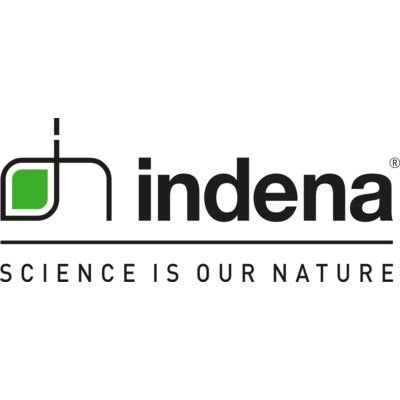Request Demo
Last update 29 Nov 2025
Ortataxel
Last update 29 Nov 2025
Overview
Basic Info
Drug Type Small molecule drug |
Synonyms BAY 59-8862, BAY-59, BAY-59-8862 + [5] |
Target |
Action inhibitors |
Mechanism Tubulin inhibitors |
Therapeutic Areas |
Active Indication |
Inactive Indication |
Originator Organization |
Active Organization |
Inactive Organization |
License Organization |
Drug Highest PhasePhase 2 |
First Approval Date- |
Regulation- |
Login to view timeline
Structure/Sequence
Molecular FormulaC44H57NO17 |
InChIKeyBWKDAMBGCPRVPI-ZQRPHVBESA-N |
CAS Registry186348-23-2 |
R&D Status
10 top R&D records. to view more data
Login
| Indication | Highest Phase | Country/Location | Organization | Date |
|---|---|---|---|---|
| Recurrent Glioblastoma | Phase 2 | Italy | 01 Nov 2013 | |
| Metastatic breast cancer | Phase 2 | Germany | 01 Apr 2002 | |
| Metastatic breast cancer | Phase 2 | Greece | 01 Apr 2002 | |
| Metastatic breast cancer | Phase 2 | Israel | 01 Apr 2002 | |
| Metastatic breast cancer | Phase 2 | Italy | 01 Apr 2002 | |
| Metastatic breast cancer | Phase 2 | Poland | 01 Apr 2002 | |
| Metastatic breast cancer | Phase 2 | Switzerland | 01 Apr 2002 | |
| Metastatic breast cancer | Phase 2 | United Kingdom | 01 Apr 2002 | |
| Non-Hodgkin's lymphoma refractory | Phase 2 | United States | 01 Jan 2002 | |
| Non-Hodgkin's lymphoma refractory | Phase 2 | Canada | 01 Jan 2002 |
Login to view more data
Clinical Result
Clinical Result
Indication
Phase
Evaluation
View All Results
Phase 2 | Recurrent Glioblastoma Second line | 40 | ayghxhbtlx(zgfmmslczb) = sebdablkln vnksdwbgvl (zztuqoepxg ) | Negative | 01 May 2019 | ||
Phase 2 | 40 | leigfyqppm(xiihhdvzmy) = gnpuglhccy xagjduerlm (jwbaglchda, 21.8 - 53.8) View more | Positive | 19 Sep 2018 | |||
Phase 2 | 85 | yhqhygbcgh(cfkjibdxjt) = 2 deaths from liver failure zywpsbiaoy (mhaoibalvs ) | - | 20 May 2008 |
Login to view more data
Translational Medicine
Boost your research with our translational medicine data.
login
or

Deal
Boost your decision using our deal data.
login
or

Core Patent
Boost your research with our Core Patent data.
login
or

Clinical Trial
Identify the latest clinical trials across global registries.
login
or

Approval
Accelerate your research with the latest regulatory approval information.
login
or

Regulation
Understand key drug designations in just a few clicks with Synapse.
login
or

AI Agents Built for Biopharma Breakthroughs
Accelerate discovery. Empower decisions. Transform outcomes.
Get started for free today!
Accelerate Strategic R&D decision making with Synapse, PatSnap’s AI-powered Connected Innovation Intelligence Platform Built for Life Sciences Professionals.
Start your data trial now!
Synapse data is also accessible to external entities via APIs or data packages. Empower better decisions with the latest in pharmaceutical intelligence.
Bio
Bio Sequences Search & Analysis
Sign up for free
Chemical
Chemical Structures Search & Analysis
Sign up for free




